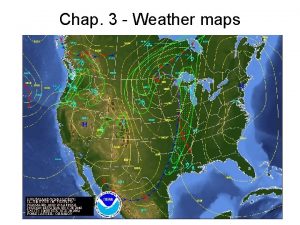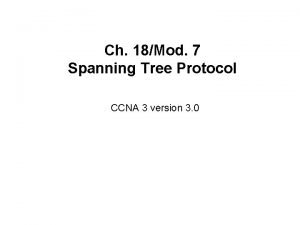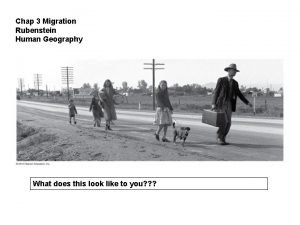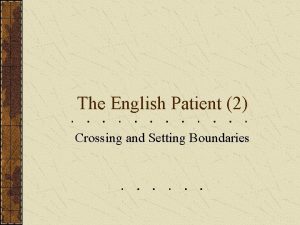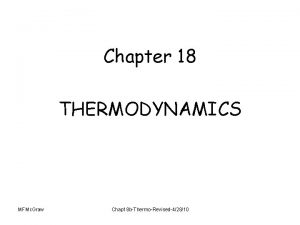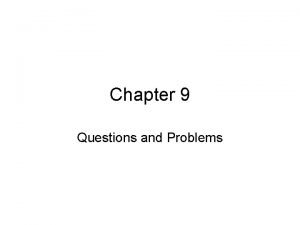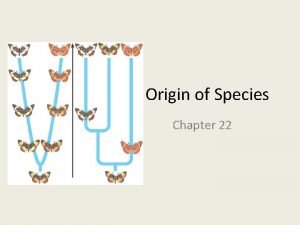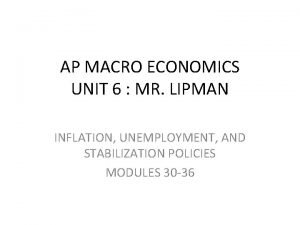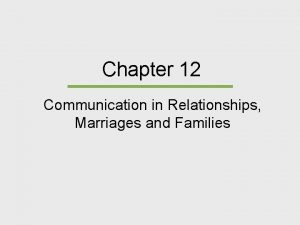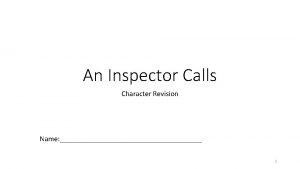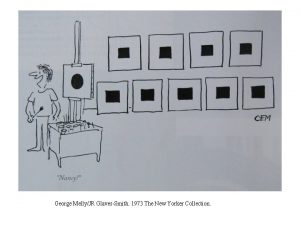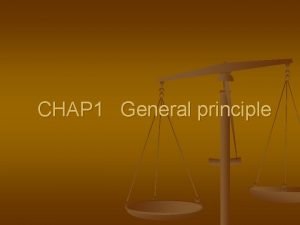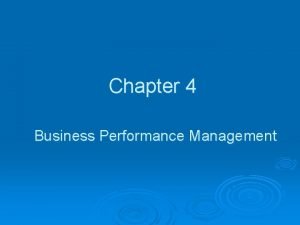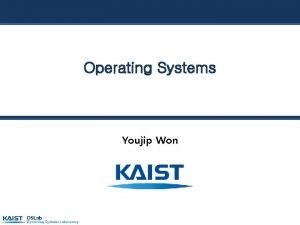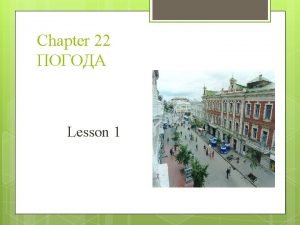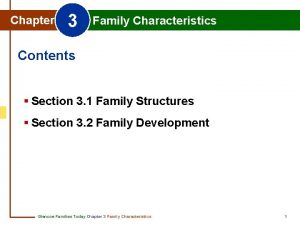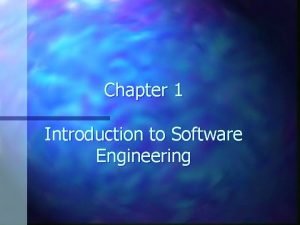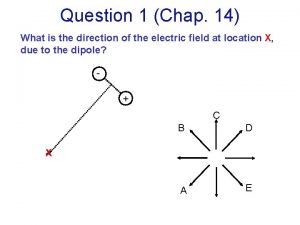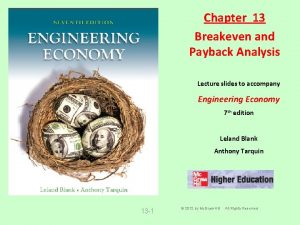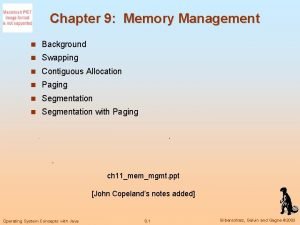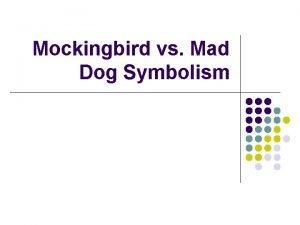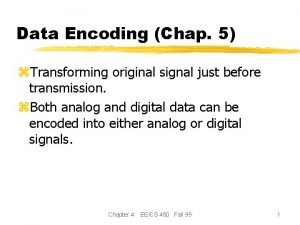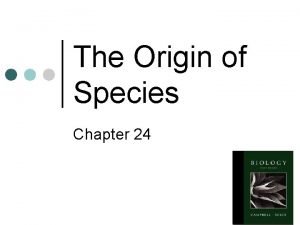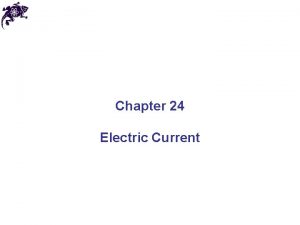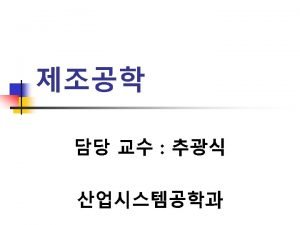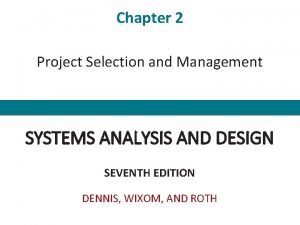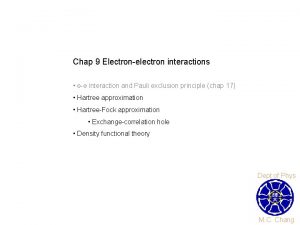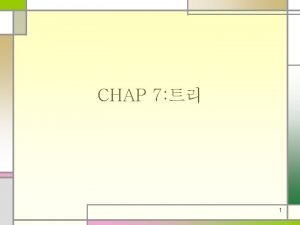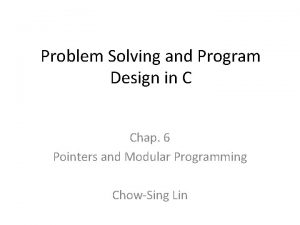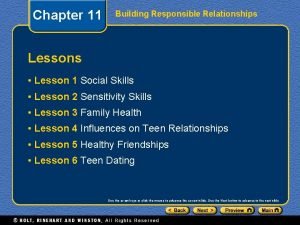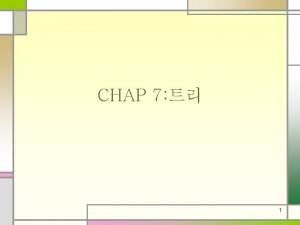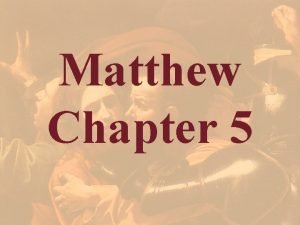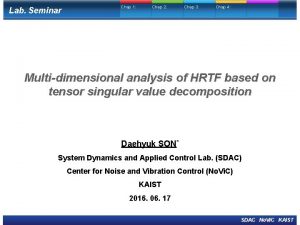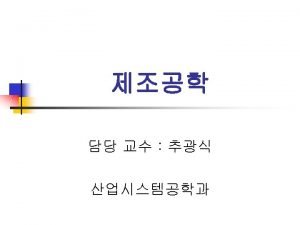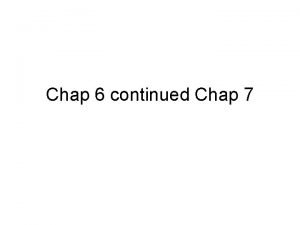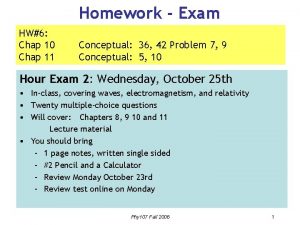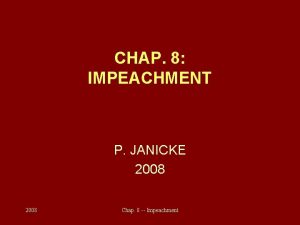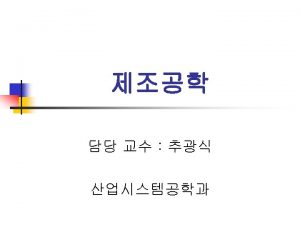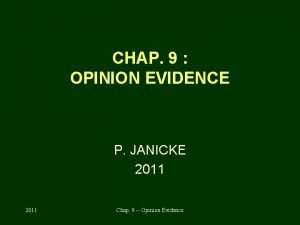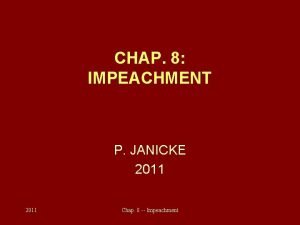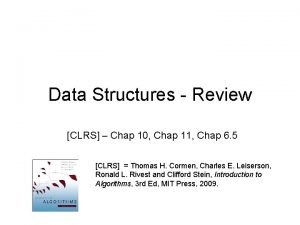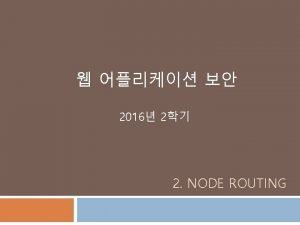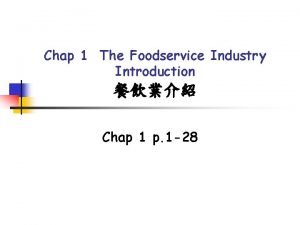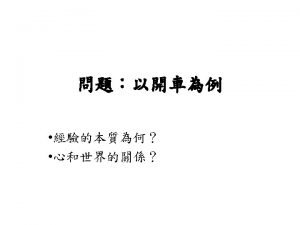Chap 1 Chap 2 Chap 3 Chap 5



















































- Slides: 51

Chap 1 Chap 2 Chap 3 Chap 5 Surprise Me 100 100 100 200 200 200 300 300 300 400 400 400 500 500 500

This is the name of the file that contains the code written in the Java language. 100

What is source code?

This is the extension (after the. ) of the file produced by the compiler upon successful compilation. 200

What is. class file?

This is what we call the words that have special meaning in Java. 300

What are reserved words? OR What are key words?

This is the name given to the contents of a. class file. 400

What is byte code?

This is the name we give to the interpreter which “executes” Java programs. 500

What is the Java Virtual Machine?

The following are both examples of ______ final double abc; final int RATE; 100

What are constant declarations? What are declarations?

The following are both examples of _______ int total; char letter; 200

What are declarations? What are variable declarations?

What symbol(s) open a block comment? 300

What are “/*”? What are “/**”?

The following are both examples of _______ kb = new Scanner(System. in); two. Decimal = new Decimal. Format(“ 0. 00”); 400

What are instantiations?

This symbol performs two different kinds of operations. 500

What is +? concatenation and addition

These are three of the 6 relational operators. a 100

What is any combination of > < >= <= == !=

These are three logical operators.

What are &&, ||, and ! 200

These are examples of a>b total < item * TAX

What are boolean expressions? What are expressions? 300

This is the term that describes the usual last “choice” in a switch statement?

What is “default”? 400

This expression determines of the String name contains the name “Frank”.

What is name. equals(“Frank”)? OR What is name. equals. Ignore. Case(“Frank”) ? 500

The following is a method ______. System. out. println(“Hello World”);

What is call? What is invocation? 100

With respect to method calls, this is what we call the part in yellow. System. out. println(“Hello World”);

What is actual parameter? What is argument? 200

In the following statement the yellow part describes this. public static void print. Message(String text)

What is formal parameter? What is parameter? 300

What do we call the part of the method header highlighted in yellow? public static String to. String()

What is the return type? 400

A value returning method always ends with this.

What is the return statement? 500

When we use the new operator, we are making this.

What is an object? 100

Name the two primitive data types that are not integer or floating point values.

What are char and boolean? 200

In Javadoc comments, this is the tag to describe the parameters in a parameter list.

What is @param? 300

Two variables that reference the same object are known as this.

What are aliases? 400

Java passes parameters using call by this.

What is call by value? (or just value) 500
 Chap chap slide
Chap chap slide Breath the same air chapter 1
Breath the same air chapter 1 Weather station model examples
Weather station model examples Kinds in development chap 1
Kinds in development chap 1 Fitness - chapter 1
Fitness - chapter 1 Bài tập về nhà
Bài tập về nhà Electrolytic cells khan academy
Electrolytic cells khan academy Kstn chap 18
Kstn chap 18 What does chap look like
What does chap look like English patient setting
English patient setting To not die chap 18
To not die chap 18 Payback chapter 9
Payback chapter 9 Origin of species manhwa chapter 22
Origin of species manhwa chapter 22 Chap lipman
Chap lipman Define the relationship chap 12
Define the relationship chap 12 Bank run chap 11
Bank run chap 11 I was in that state when a chap easily turns nasty analysis
I was in that state when a chap easily turns nasty analysis Rottgen pieta
Rottgen pieta Pleasure principle chap 1
Pleasure principle chap 1 What is the fundamental challenge of dashboard design
What is the fundamental challenge of dashboard design Chap 23
Chap 23 Rivalry ch 6
Rivalry ch 6 Swapping chap 21
Swapping chap 21 In the summer chap 22
In the summer chap 22 Cell chap 14
Cell chap 14 Family values chapter 3
Family values chapter 3 Youjin chap 1
Youjin chap 1 System engineer chap 1
System engineer chap 1 Chap de direction
Chap de direction How to find pw
How to find pw Schematic view of swapping
Schematic view of swapping Mad dog symbolism
Mad dog symbolism Which one does she prefer
Which one does she prefer Fitness chapter 1
Fitness chapter 1 Chap a to z
Chap a to z Autocorrelation ppt gujarati
Autocorrelation ppt gujarati Gradualism vs punctuated equilibrium
Gradualism vs punctuated equilibrium A thousand splendid suns how many chapters
A thousand splendid suns how many chapters Problems on electric current
Problems on electric current The butterfly inside cap 10
The butterfly inside cap 10 Chap tools
Chap tools Selection project chap
Selection project chap Lindhard theory
Lindhard theory The origin of species chapter 24 bl
The origin of species chapter 24 bl Chap tree
Chap tree C chap
C chap Fashion clothes meaning
Fashion clothes meaning Payback chapter 13
Payback chapter 13 Responsible relationships are based on
Responsible relationships are based on Define the relationship chapter 7
Define the relationship chapter 7 Chap tree
Chap tree Matthew 5:30
Matthew 5:30


